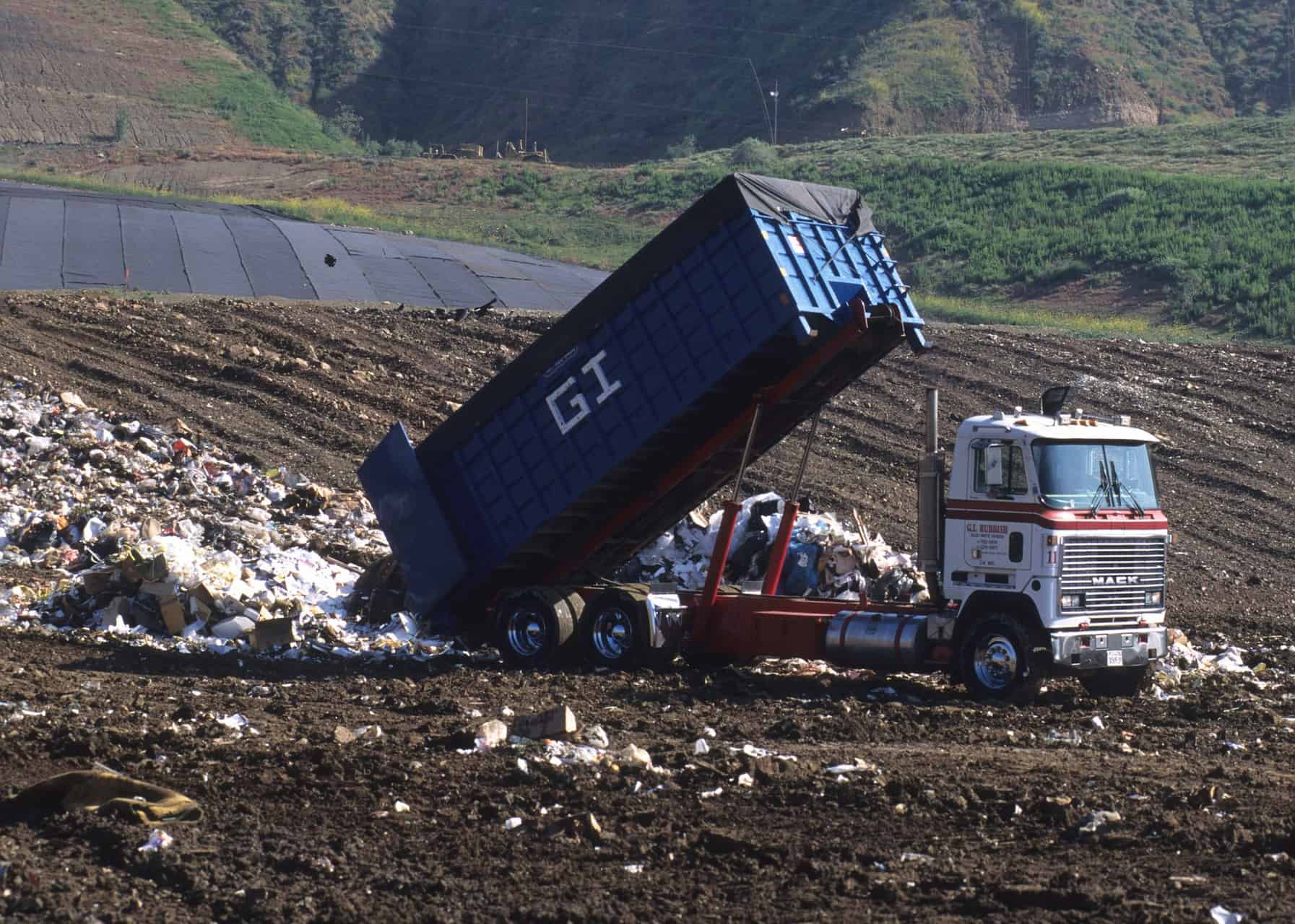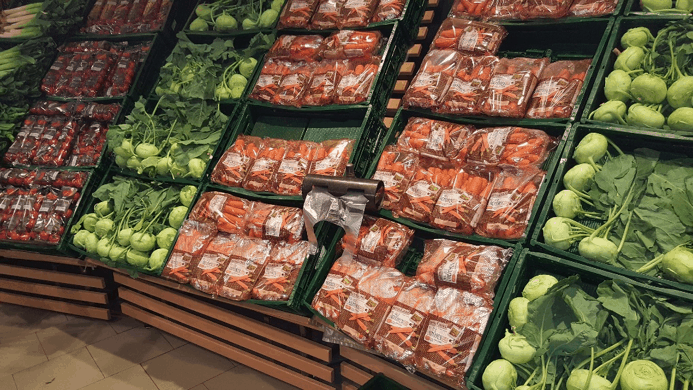Preventing polyolefin shrink wrap waste is good both for the planet and for your business’ bottom line. The less material you need to use, the lower your costs and the more money your business saves. Using less polyolefin shrink wrap also means you leave behind a smaller environmental footprint for each shrink-wrapped item you produce. In this blog post, we explain how resource minimisation and using thinner shrink wrap film can be the best way to reduce excess polyolefin shrink wrap in your business.
What is Resource Minimisation?

Resource minimisation, sometimes called waste minimisation or resource efficiency, means using limited resources more productively to minimise environmental impact and the amount of waste produced. In terms of shrink wrap, this involves the evolution of more sophisticated polyolefin shrink films that will still offer the same performance but in lower thicknesses than alternatives available on the market. By making thinner polyolefin films, the amount of shrink wrap needed per product decreases, which in turn reduces the amount of resource that goes into each product and the impact that it has on the environment.
Kempner is the market leader in shrink wrap resource minimisation, and offers some of the highest quality thin shrink wrap on the market.
Resource Minimisation or Renewable Resources

Some people use renewable resources as a base component in producing their shrink wrap. This is ostensibly to reduce their impact on the environment.
However, as we have discussed in our recent article on recycling versus reducing shrink wrap, it is not always the case that using renewable resources is better for the environment. Many ‘renewable’ wraps are 15 microns thick and made from 40% renewable resources. This means six microns of the film is renewable, while nine microns are made from conventional polymer, typically polyethylene (PE). By contrast, our own shrink wrap film is just 8.5 microns thick – using even less PE than renewable competitors.
Additionally, renewable resources have their own environmental impact and are not cost-neutral. The resources used for renewable wrapping, for example, cannot be later used for food production or in the water supply. As these resources have to be expended to create the polymer for polyolefin shrink wrap, you will still leave a carbon and environmental footprint if you use renewable resources.
Finally, shrink wrap produced with renewable resources are not necessarily biodegradable. As we discussed when talking about the different kinds of bioplastics, not all bio-based shrink wraps will be biodegradable. PE-ethanol shrink films are one example of non-biodegradable wraps.
Don’t Sacrifice Quality When Choosing Your Shrink Film

While using thinner shrink wrap is a great way to save your business money and reduce your carbon footprint, it is essential not to sacrifice the quality of the wrap you are using.
At Kempner, we use cutting-edge technology and offer the best shrink wrap on the market for your business to make sure your products remain wrapped and protected. Despite how thin our shrink wrap is, the modern technology used in its manufacturing means that it is strong enough to meet your needs, even when compared to competitors.
Kempner puts resource minimisation front and centre when choosing which polyolefin shrink wraps to stock and sell onto businesses. We have been at the forefront of technological changes for many years, which means our offerings are among the best on the market. For more information on how to select shrink wrap that will be suitable for you, get in touch with our team or leave a comment below.


